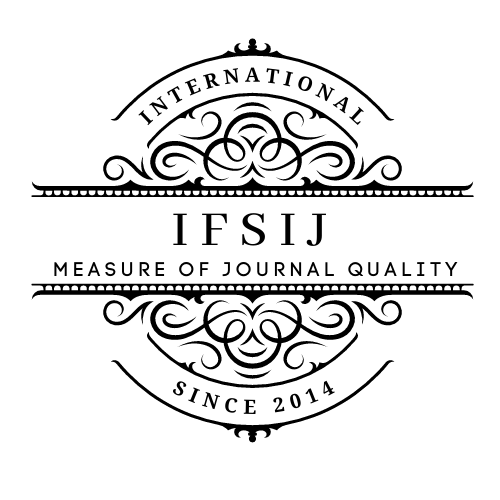SYSTEMIC LUPUS ERYTHEMATOSUS: WORLDWIDE INSIGHTS INTO EPIDEMIOLOGY, PATHOPHYSIOLOGY, AND NOVEL TREATMENT
Abstract
Systemic lupus erythematosus (SLE) is a complex, multisystem autoimmune disease characterized by immune dysregulation, autoantibody production, and chronic inflammation affecting multiple organs. This article provides a comprehensive overview of SLE’s epidemiology, pathogenesis, clinical manifestations, and recent therapeutic advancements. SLE disproportionately affects women, particularly those of reproductive age, and certain ethnic groups, with significant global variations in prevalence and incidence. Advances in diagnostic criteria and targeted therapies, such as B-cell-directed treatments and interferon pathway inhibitors, have improved outcomes, yet challenges remain, particularly in low- and middle-income countries (LMIC) where diagnostic and treatment resources are limited. This review highlights the need for global collaboration to address disparities in SLE care and improve patient outcomes.
Downloads
Published
Issue
Section
License

This work is licensed under a Creative Commons Attribution-NonCommercial-NoDerivatives 4.0 International License.















